
| Самолеты (сортировка по:) | |||||
| Страна | Конструктор | Название | Год | Фото | Текст |
Gotha LD.6/LD.7/B.I
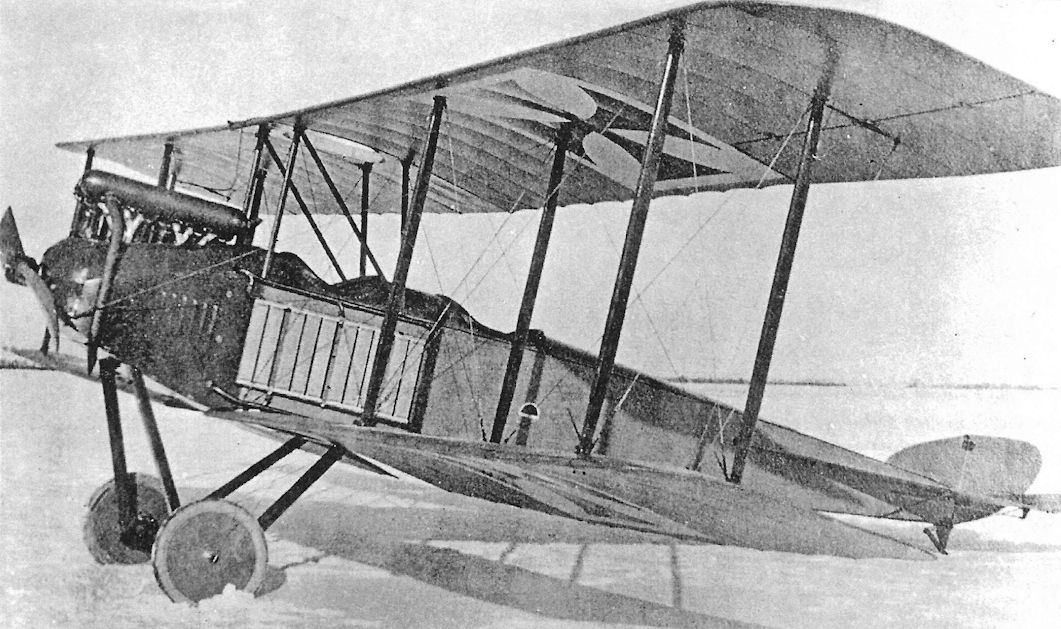
|
Страна: Германия Год: 1915
|
| Gotha - G.I (Gotha-Ursinus) - 1915 - Германия | <– | –> | Gotha - WD.3 - 1915 - Германия |
 |
J.Herris - Gotha Aircraft of WWI /Centennial Perspective/ (6) |
| The ill-fated original LD6 with small fin and rudder. It crashed on its maiden flight, killing test pilot Oswald Kahnt. |
 |
J.Herris - Gotha Aircraft of WWI /Centennial Perspective/ (6) |
| Another view of the original LD6 with small fin and rudder that crashed on its first flight. |
 |
J.Herris - Gotha Aircraft of WWI /Centennial Perspective/ (6) |
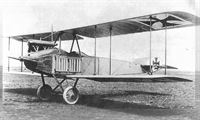 |
J.Herris - Gotha Aircraft of WWI /Centennial Perspective/ (6) |
| The Gotha LD6a with larger fin and rudder. Only one LD6a was built, and it was assigned to the Herzog Carl Eduard Fliegerschule, where it received school number 70. The engine was a 150 hp Benz Bz.III. The Gotha LD 6a was a two-seat long-range reconnaissance type in service from March 1915. In common with most operational types of this period it was also employed as a light bomber with the observer dropping small bombs over the side of the aircraft. |
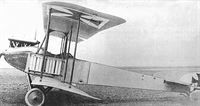 |
J.Herris - Gotha Aircraft of WWI /Centennial Perspective/ (6) |
| Side view of the revised LD6a with larger fin and rudder. It failed to meet the Idflieg acceptance requirements and was assigned to the Herzog Carl Eduard Fliegerschule, where it received school number 70. |
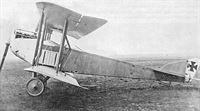 |
J.Herris - Gotha Aircraft of WWI /Centennial Perspective/ (6) |
| This side view of the Gotha B.I emphasizes the enlarged fin and rudder compared to earlier Gotha types. |
 |
J.Herris - Gotha Aircraft of WWI /Centennial Perspective/ (6) |
| Gotha B.I with rhino-horn exhaust that discharged the hot, toxic gases over the wing for benefit of the crew. Only ten of these 1915 two seat Gotha B Is were produced, just sufficent to equip a single Field Flight Section, although no evidence of their deployment, if ever, has survived. Using a 120hp Mercedes D Ia, the LD-7 to give its design bureau designation, had a top level speed of 77.5mph, with a range of 330 miles. |
 |
J.Herris - Gotha Aircraft of WWI /Centennial Perspective/ (6) |
| The Gotha B.I was a conventional, two-bay biplane powered by a 120 hp Mercedes D.II engine. |
 |
J.Herris - Gotha Aircraft of WWI /Centennial Perspective/ (6) |
| This Gotha B.I is likely in training service at FEA 3 at Gotha. Of the 18 aircraft built, five went to the German Air Service in Turkey and the other 13 were assigned to FEA 3. |
 |
J.Herris - Gotha Aircraft of WWI /Centennial Perspective/ (6) |
| This Gotha B.I is in service at the Gotha Fliegerschule, as indicated by the circular insignia and the lettering below it. The phone number is given for the convenience of anyone finding one of these aircraft force-landed away from the aerodrome. The Gotha B.I in this photograph had a different design exhaust manifold than the one at the bottom of the next page. |
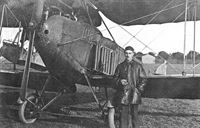 |
J.Herris - Gotha Aircraft of WWI /Centennial Perspective/ (6) |
| This Gotha B.I and aviator appear to be the same as in the previous photograph. |
 |
J.Herris - Gotha Aircraft of WWI /Centennial Perspective/ (6) |
| Gotha B.I B.961/14 is one of five sent to Turkey for use by the German Air Service. Despite being attached to the German Air Service, it carries Turkish markings. |